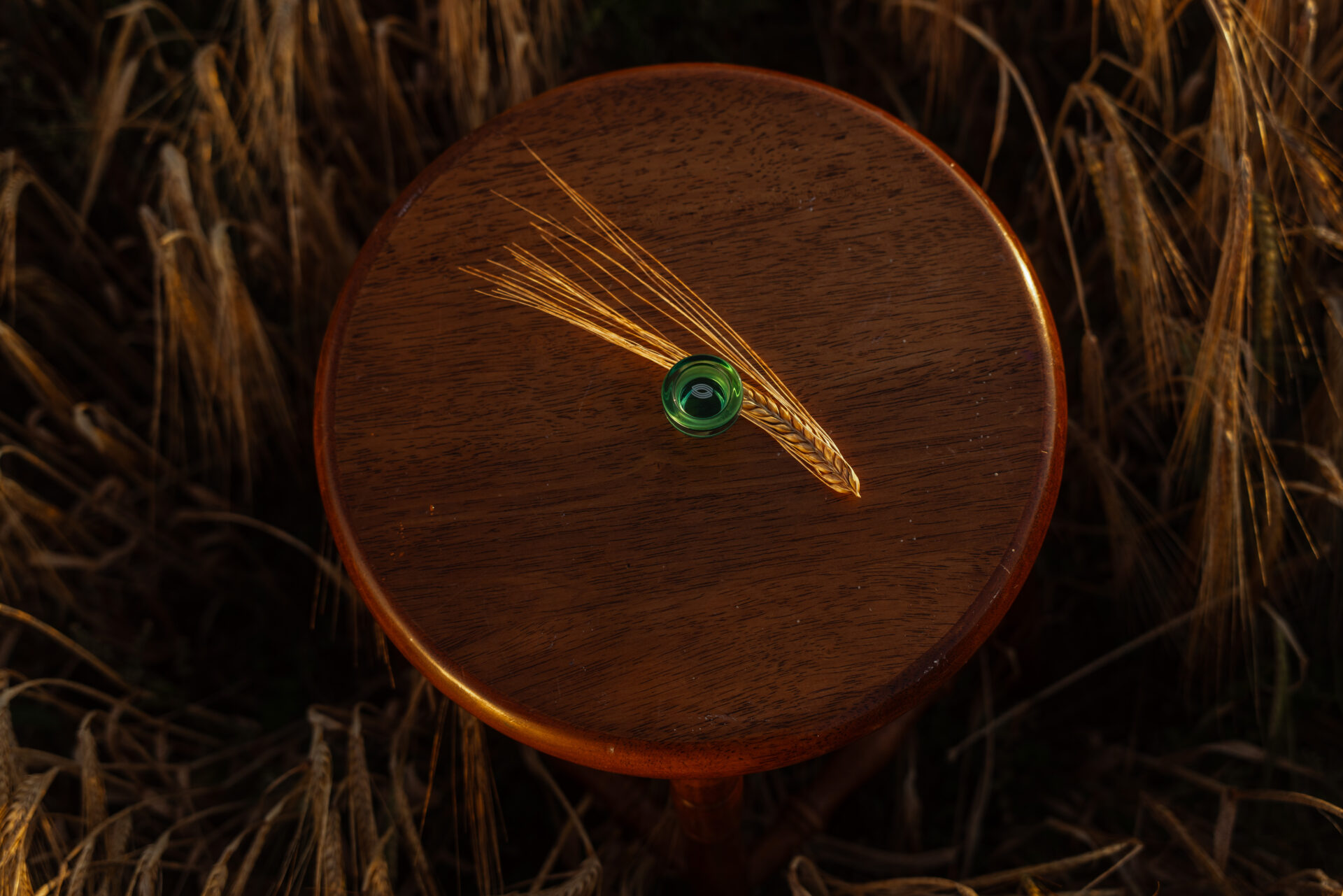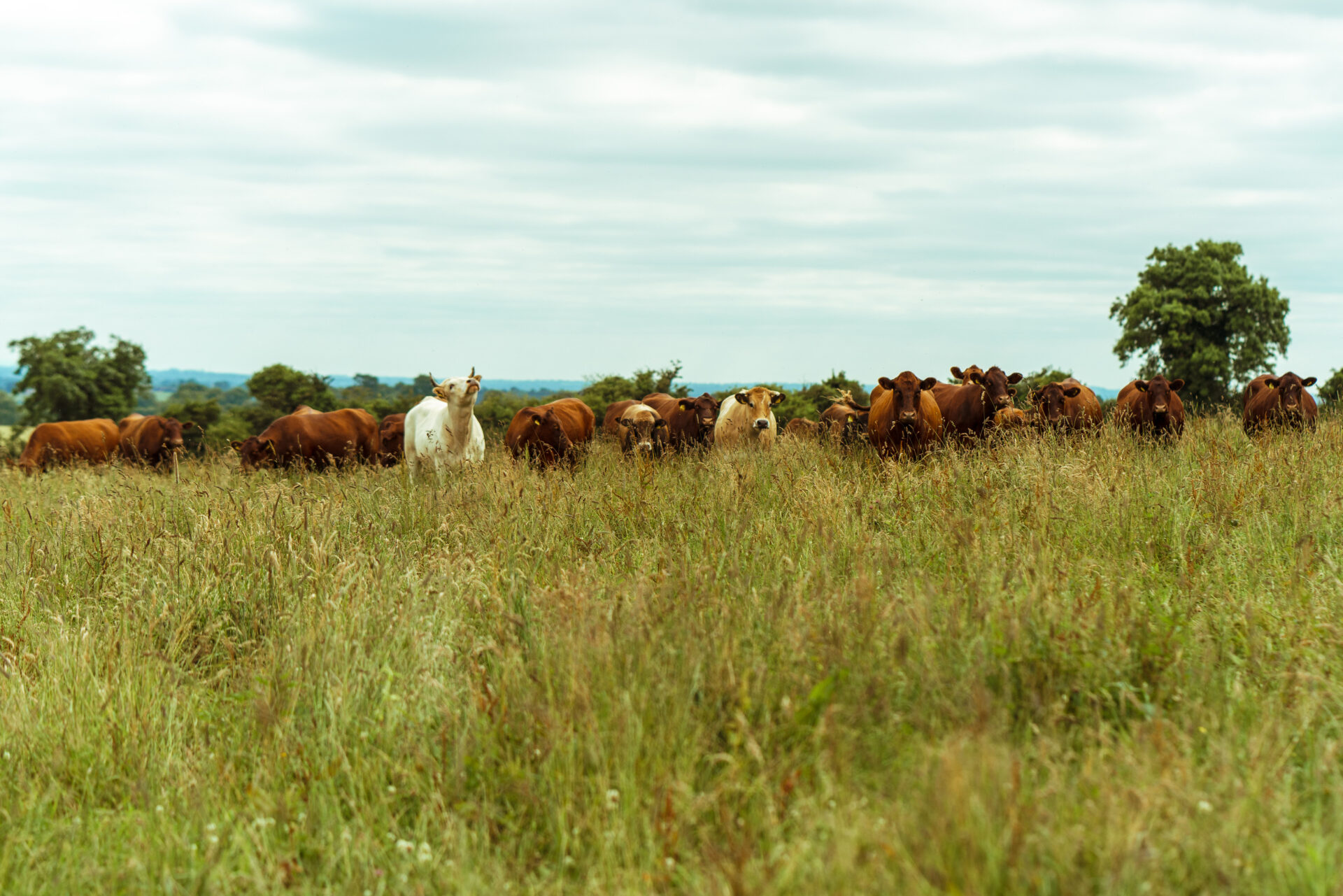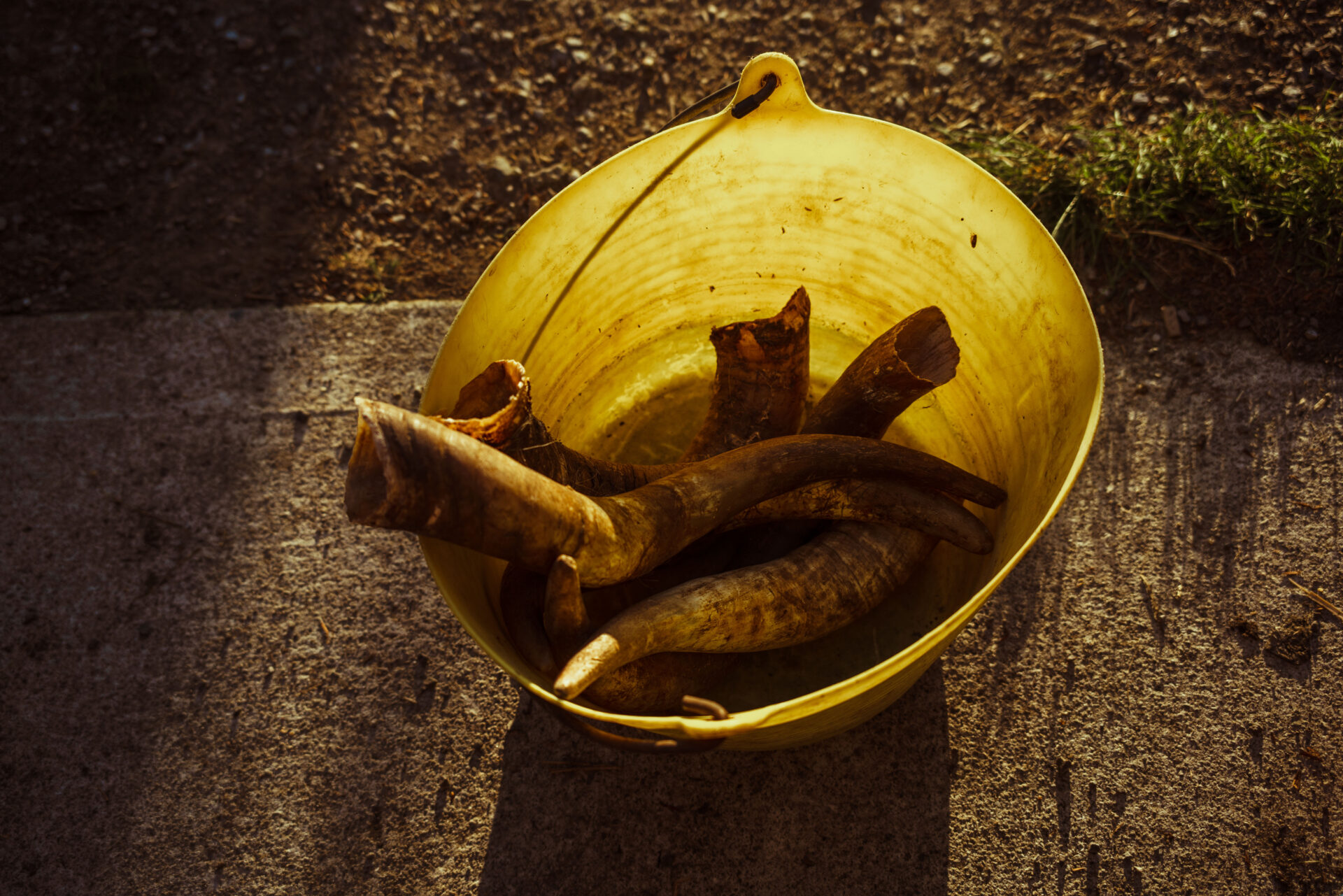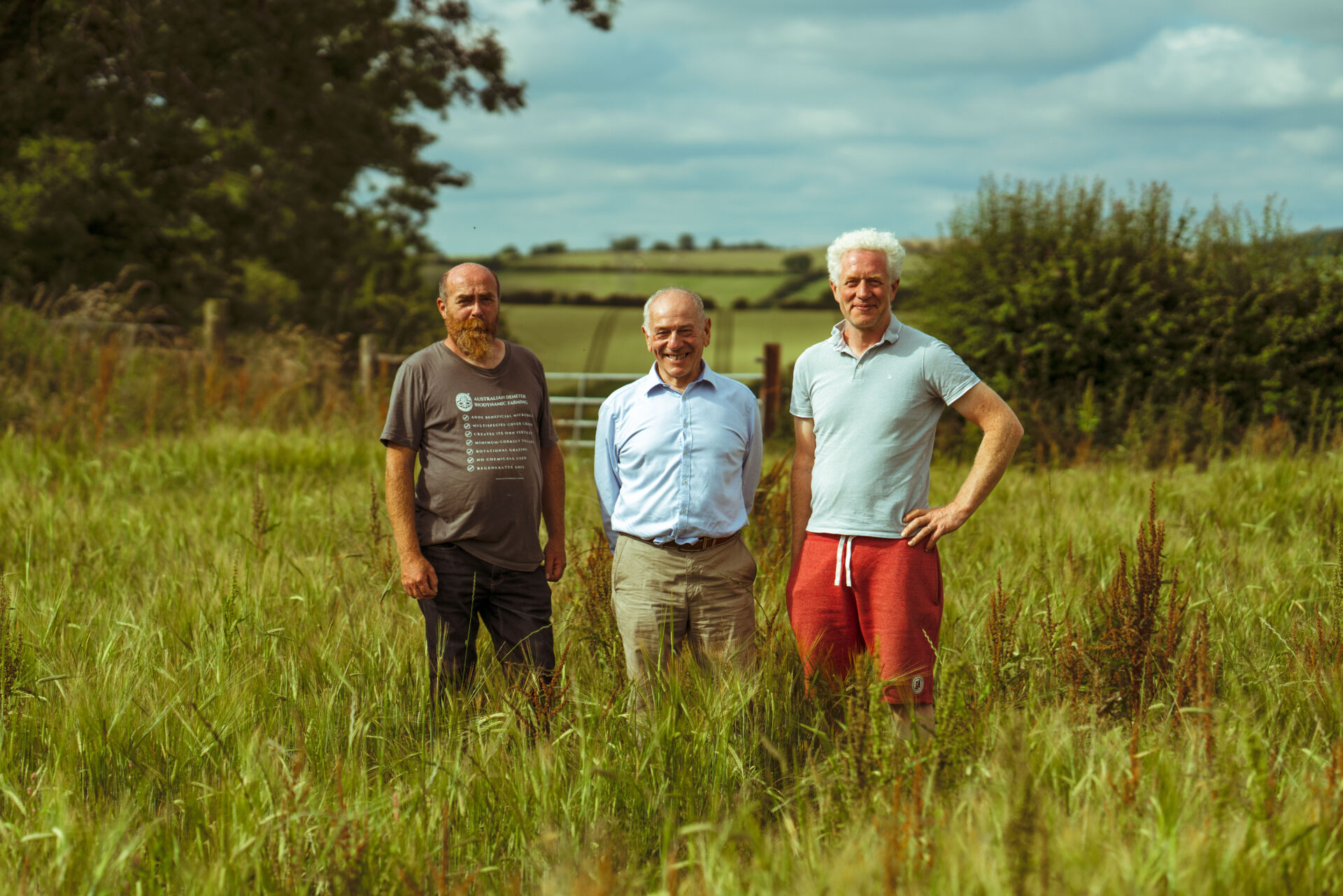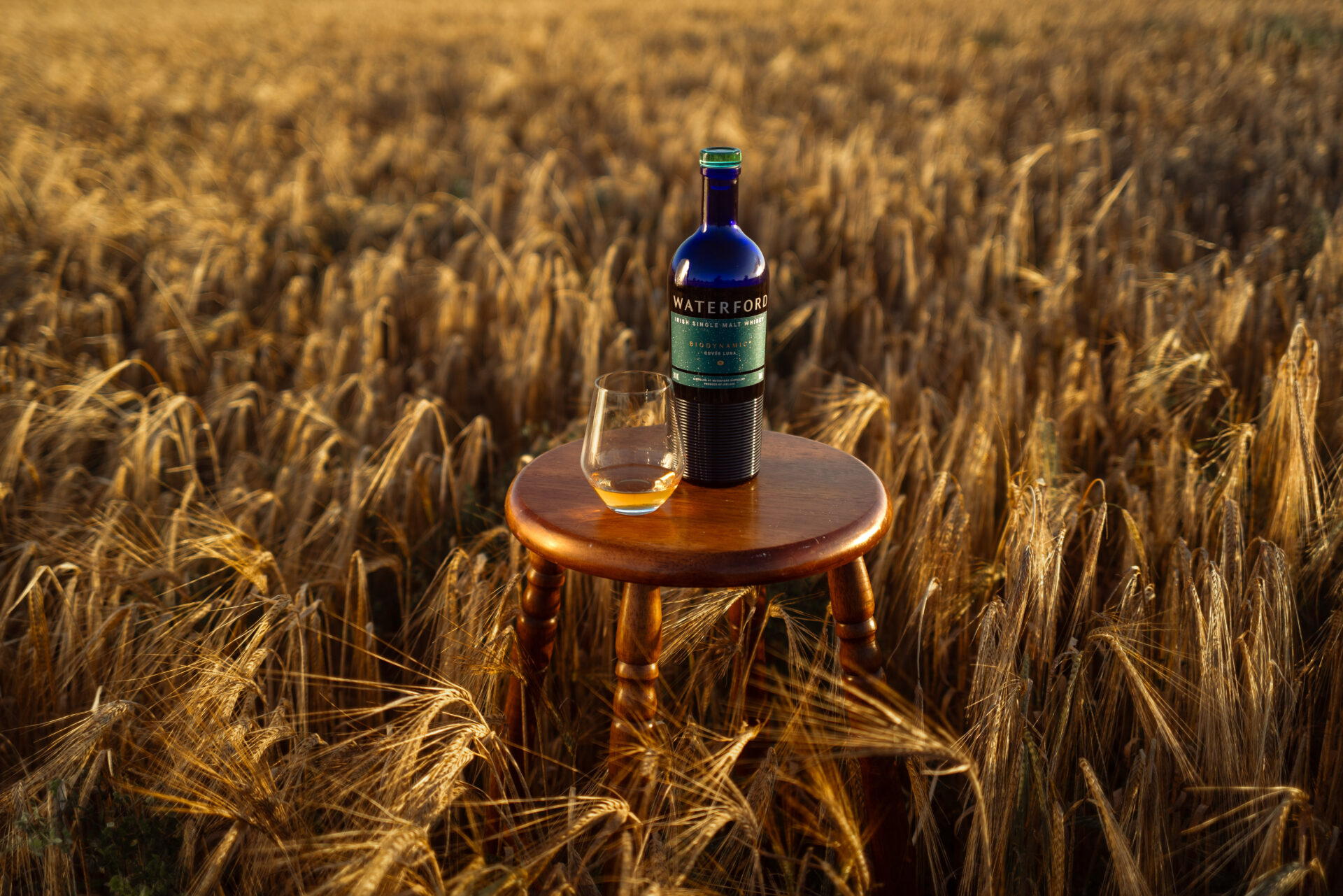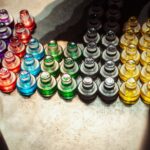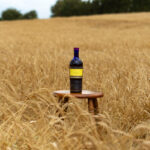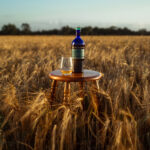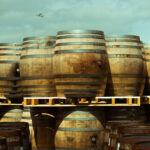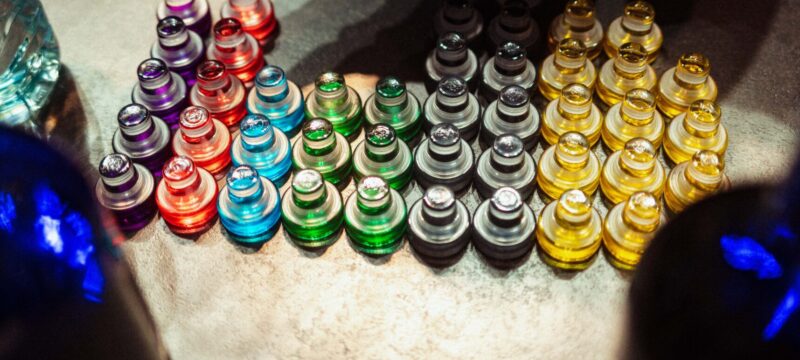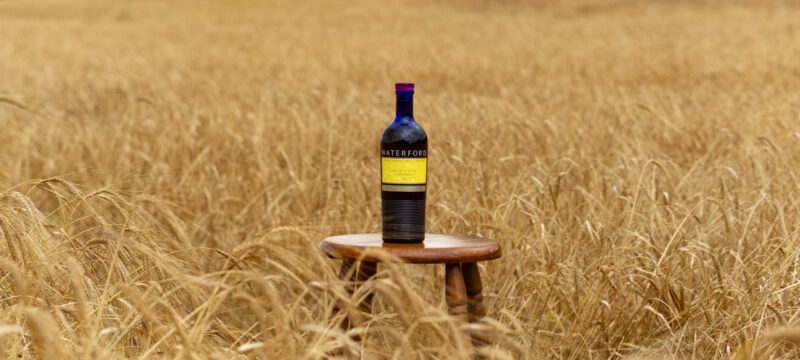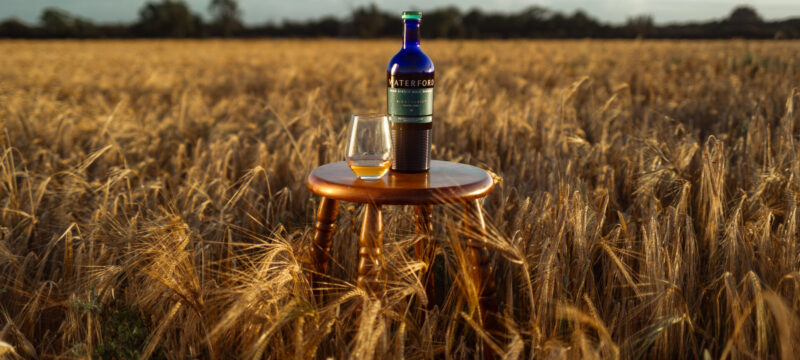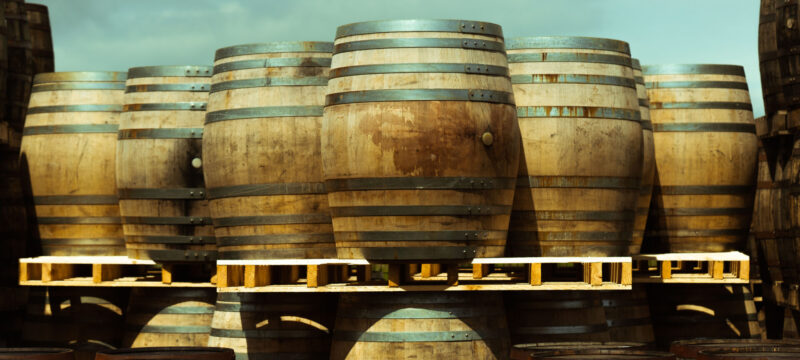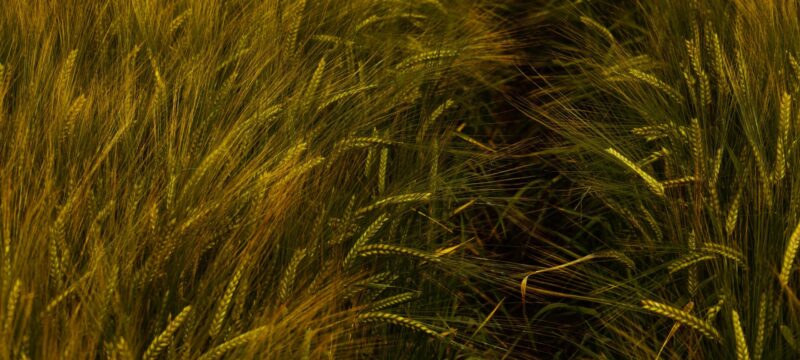Biodynamic beginnings
The biodynamic movement was a natural reaction to the rapid ubiquity of chemical agriculture. Steiner realised that this new ‘liquid diet’ was not only bad for soil health on a chemical and biological level, but by concentrating all nutrients on the soil surface was preventing meaningful root growth, impacting soil’s physical structure too. Between short roots and one-dimensional chemical fertilisers, plants inevitably could not take in the rich, complex diet of nutrients that had previously given them so much flavour.
Concerned by a deterioration they had seen both in their soil and in their plants, a number of farmers had requested that Steiner deliver a series of lectures on his biodynamic principles in 1924. These became the first presentations on any form of organic agriculture as distinct from farming with synthesised fertiliser. The key principles have not changed since then – hardly surprising, since Steiner compiled his biodynamic practices from farming methods that dated back millennia. (More information about these principles can be found in this article on two of our own biodynamic growers.)
From their origins in Germany, biodynamic principles were quickly taken up by farmers internationally, first practiced in the USA in 1926, and in the UK from 1927. In Germany, which after all had invented synthetic fertilisers, they were viewed with great suspicion. Count Carl Keyserlingk, on whose estate in Koberwitz Steiner had delivered his lectures, took much responsibility for shielding the movement from the Germany authorities of the 1920s and 1930s.
Having been the heir to a chemical company before he was ejected for his closeness to Steiner’s movement, Keyserlingk became aware that companies and governments were attempting to spy on biodynamic activities. Keyserlingk not only turned down bribes for transcripts of the lectures, but was questioned by chemical companies which secretly attempted to record him. It was at his suggestion, and for the sake of safeguarding against industrialists, that biodynamic preparations were perhaps given code numbers – the famous 500, 501 and so on that still endure today.
By 1933, Steiner’s books had been banned by the Nazi party from public libraries in Bavaria, and as a result the majority of biodynamic farmers in Europe remained quiet on their activities until 1945. In the wake of the Second World War chemical fertilisers, pesticides and fungicides skyrocketed, perhaps reducing the speed at which biodynamic agriculture was adopted. The slow adoption of biodynamics may also have been in part to do with controversial elements of other philosophies put forward by Steiner, a claimed clairvoyant (amongst other things) Many of his philosophies also contained aspects that were demonstrably nationalist and racially hierarchical.
